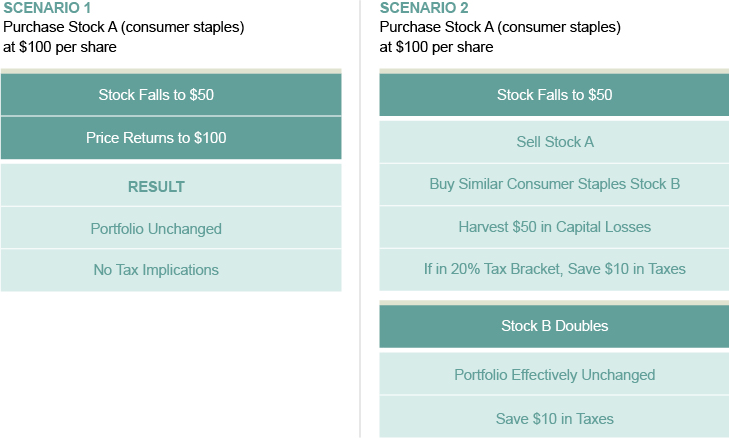Tax Loss Harvesting To Reduce Income Taxes
Post on: 17 Август, 2015 No Comment

Tax Loss Harvesting To Reduce Income Taxes
Recently I posted about capital gains and losses and the tax implications. Understanding how the IRS views short-term and long-term capital gains and losses is important for minimizing taxes. To minimize taxes on investment income its important to know when a capital gain becomes a long-term gain instead of a short-term gain. Short-term gains are taxed at normal income tax rates, whereas long-term rates are taxed at a much lower rate. Another method of reducing taxes on investment income is to harvest your losses.
Tax Loss Harvesting
Tax loss harvesting is the art of using capital losses to offset capital gains for tax purposes. Harvesting is most often done to reduce the impact of taxes on short-term capital gains, which are taxed at higher rates than long-term capital gains. Not only can you offset capital gains, but you can deduct up to $3,000 from your ordinary income in any given year. If you still have capital losses and all of your capital gains are offset and $3,000 is deducted from your ordinary income, the rest of your capital losses can be carried over to subsequent years.
Add up your short-term gains and losses for the tax year and offset the gains with the losses. Do the same with your long-term gains and losses. Finally, compare the short-term gains/losses with long-term gains/losses. For example, if you have a net short-term loss of $6,000 and a net long-term gain of $2,500, you end up with a net loss of $3,500 ($6,000 $2,500). $3,000 of the net loss can be deducted from ordinary income. The remaining $500 can be carried over to the following years income tax report.
Wash-Sale Rule
The wash-sale rule stipulates that a security is disallowed for a loss deduction if a substantially identical security is purchased within 30 days before or after the sale of the security used for the loss deduction. This rule was introduced to prevent the sale of securities just for avoiding taxes.
A substantially identical security is defined as a security from the same company. Purchasing securities in the same sector is not considered substantially identical. For example, buying shares of Best Buy does not prevent you from deducting losses from Circuit City securities. It is not always black and white as to the definition of a substantially identical security. Selling shares of a Vanguard index fund and buying shares of a Fidelity index fund that tracks the same index is a hazy area.
Taking Advantage of Tax Loss Harvesting
Towards the end of the year its important to start planning how to minimize your income taxes. Part of the plan has to include analyzing stocks and funds that have the potential to be sold for a loss to offset gains.
If you have securities that are currently valued at a loss, but think they are still good securities to own, you can buy the securities 31 days before or after you sell the securities for a loss. This way you can use the loss to offset gains or ordinary income and still maintain shares for future profit.
Another option when selling securities at losses is to purchase a similar security in the same sector. For example, if you had a securities in the financial sector that were hammered from the sub-prime mortgage mess, you can sell the securities for a loss and purchase other securities in the financial sector. This is appealing a sector suffered significant losses and you think the sector is set to rebound. This strategy allows you to maintain your asset allocation despite selling off losers.
With the stipulation that losses may be carried over to subsequent years, there is almost no reason to not sell losses and take advantage of tax loss harvesting. One reason not to take advantage of this strategy is if you think the exact security you are selling will rebound before you will be able to repurchase. Tax loss harvesting is a significant concept for individuals that do heavy investing in taxable accounts. As soon as I maximize my tax sheltered accounts, I will start investing in taxable accounts and will keep in mind the strategies of tax loss harvesting.
If you like what you have read please consider signing up for automatic updates via e-mail or RSS














